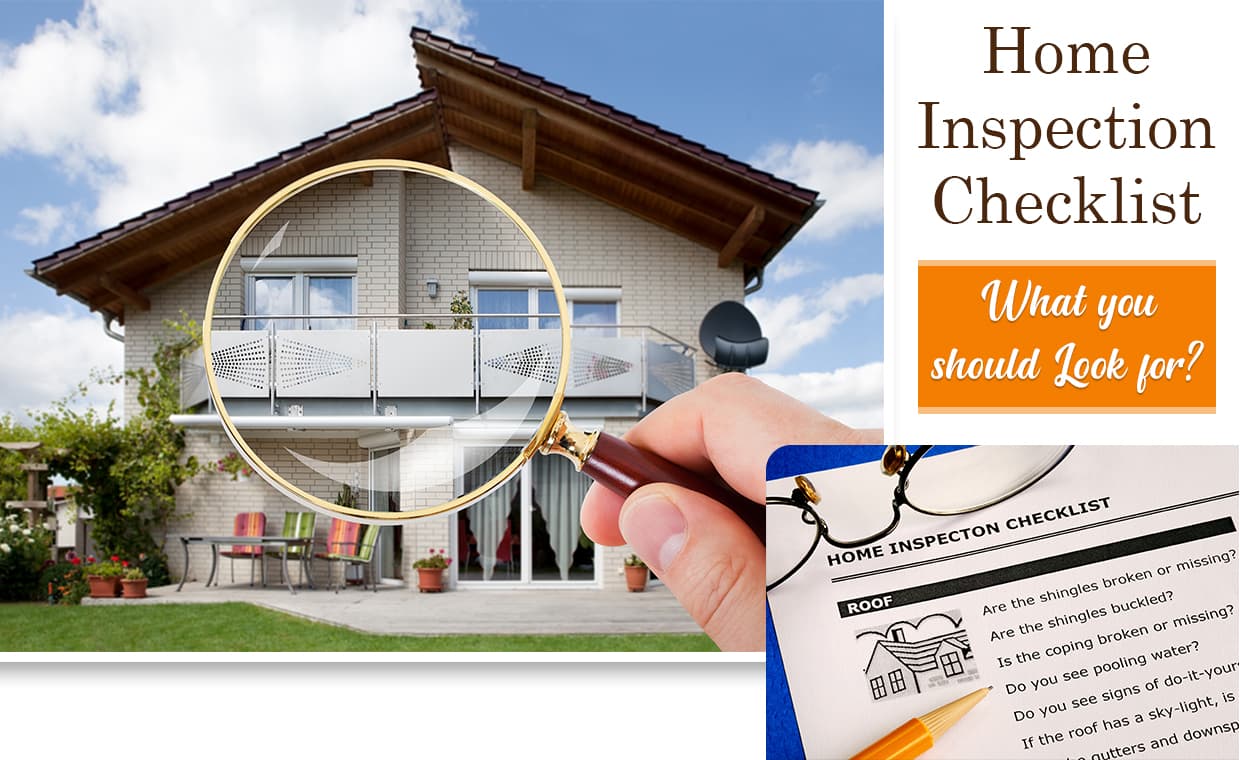
It doesn’t matter if we count our home to be a small studio apartment in Los Angeles, or a large Victorian mansion in the heart of Virginia – our home is necessary for our well-being. It provides us with protection from the outside elements and from the pollution of any unkind environment. It’s our fortress against the dragons of the world. It must be protected and cherished. Therefore, it’s our duty, to ensure our home is in good working order. It’s imperative that we take stock of what is ours and repair or replenish what our home needs to continue to stand and not fall. We must know what to check in home inspection so that our castle remains strong and able.
From the rooftops to the basement walls, from the front door to the backyard, in the kitchen and the bathrooms, and the bedrooms in between, all these elements must be taken into consideration for things to check on a home inspection checklist. These factors are plentiful and particular. Each room can be subjugated into its own checkpoints. Each utility must be examined and proven to be safe and secure. The electrical components themselves require their own home electrical inspection checklist.
To be successful in establishing your own home inspection checklist, there are at least 7 categories to assess. Just like a yearly visit to the doctor for a routine check-up, your house should be annually examined too. As your physician knows your history and each medical condition you may have, your house also has its own conditions that need to be evaluated.
7 Home Inspection Checklist
Those seven categories on the exam table include the following:
01. Exterior Home Inspection
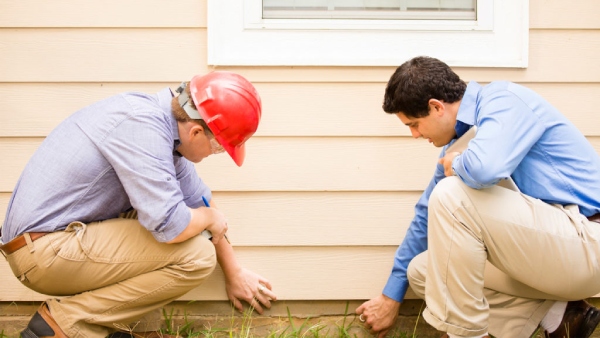

Starting from the outside of the house to looking in seems to be the logical progression. While walking around the house, ensure that there are no cracks or dents in the siding. There should be no stains, moist, patches, damaged paints, cladding or visible rotting anywhere on the home. All decks, porches, and stairs should be strong with no visible holes or damage. Any decay may be a sign of unwanted pests or vermin residing within.

If there’s a driveway or sidewalk, ensure there are no cracks or unleveled areas. There should be no kind of stagnant water either as this could be a sign of leakages or undue flooding.
Bushes and trees and other vegetation are to be an appropriate distance from the foundation of the house. All branches should be clipped and disposed of properly to ensure safety to your home, and to prevent termites from invading your space.
02. Roof Inspection
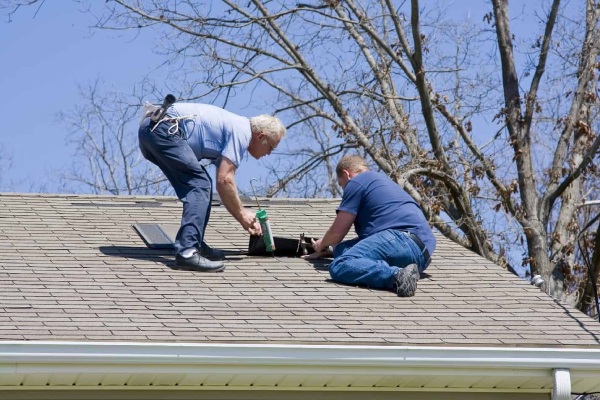
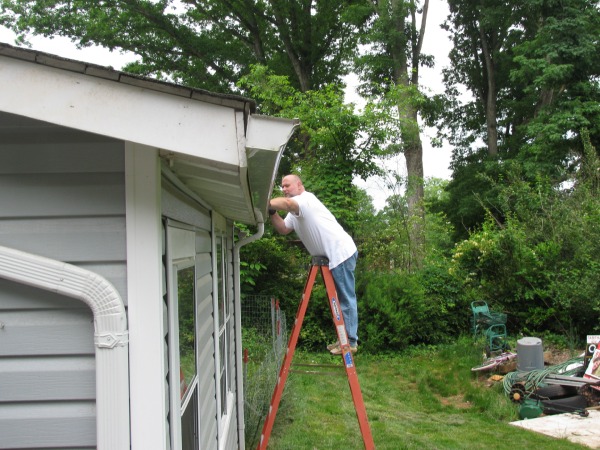
Once the exterior of the house is inspected, the roof should be next. Be very careful and don’t do this alone. During the roof inspection, confirm any missing shingles or cracks and where they are located. All gutters should be free from mud or debris and facing away from the house. Take note if there are bricks that are broken or need to be replaced. All eaves should be bolted properly to the house. Look for any stains or signs of decay. Any of these elements could cause extreme damage to your home.
03. Attic Inspection
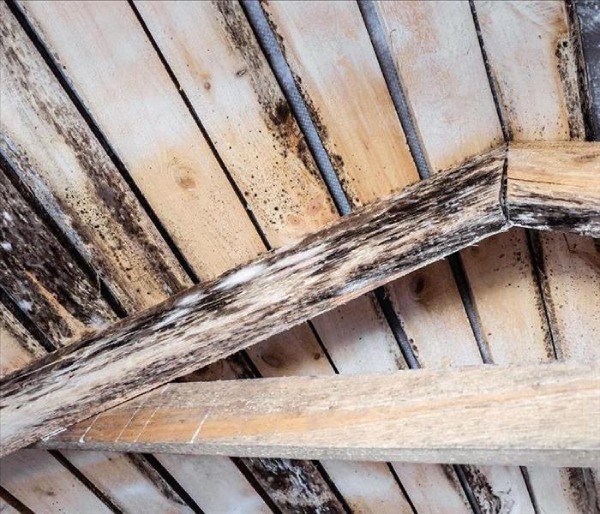

From the roof, the next step would be attic inspection. Whether this space is large or minimal, there should be adequate insulation and ventilation. Any evidence of moisture may indicate mold or mildew. Also check for any beams or major structures that could be weak or broken. Take note of decay in the underside of the roof.
04. Interiors Inspection


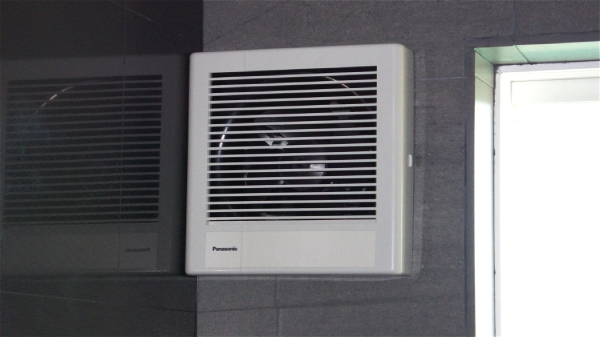
Depending on how big your house is, the checking the interiors may take longer to inspect. All the floors and ceilings should be level and straight. All walls should be free of cracks and unidentified stains. Your windows and doors should open and close easily, as well as any cabinets. The kitchen and the bathroom need to have appropriate exhaust systems if necessary. Fireplaces that are cracked or damaged are clearly a safety issue. It’s also vital that all smoke detectors and carbon monoxide alarms work properly. New technology now makes this easier for the average homeowner.
05. Utilities Inspection

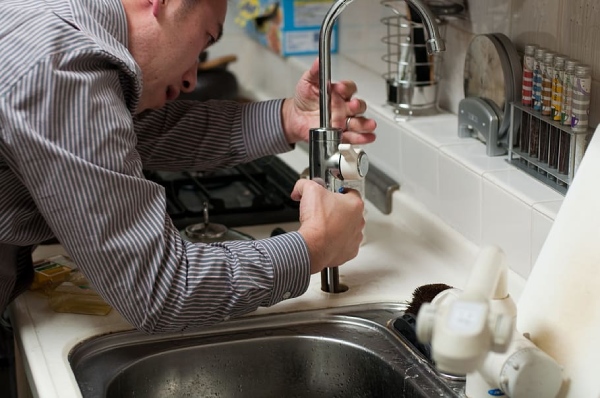
While inspecting the inside of your home, the next progression is to investigate your utilities. This includes your electrical, heating and cooling elements, and your plumbing. Your electrical system must have circuit breakers and outlets. All switches should be in working order with no cross or exposed wires. Cables must be properly coated, and panels must be grounded correctly.

Your heating and cooling equipment must also function according to the dimensions of the house and provide accurate ventilation and air flow. There should be no leaking, or odors, or rusting on any of the equipment or surrounding your pipes.
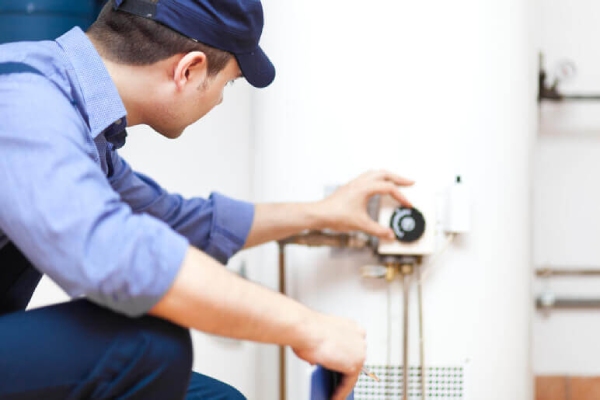

Your water heater must be functional, as well as your water drainage system. Poor water pressure or restricted water flow is an indication there’s an issue with your systems. All toilets, sinks, and showers must be secured and caulked to prevent mold and mildew from forming.
06. Home Appliances Check
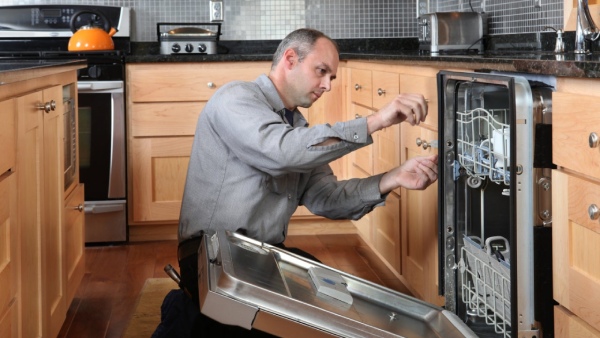
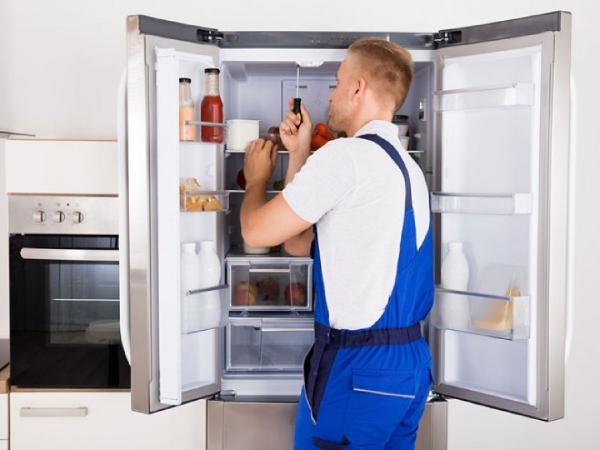
The appliances in your household include such things as the dishwasher, or garbage disposal. It also covers your ovens, ranges, and refrigerators. They must all prove to function properly with no power, gas, or water leakages, and neither should there be any electrical shocks due to improper grounding.
07. Basement Inspection

The final assessment takes place in the basement. Just like the attic, this space may be small or gigantic. Like the attic, it’s also necessary to confirm that proper insulation is being used underneath the house. The foundation must not be exposed to the natural elements, nor have any cracks. Any dampness or moisture is a sign of bad ventilation. Also be aware of cuts or notches in any beams as this could indicate termite damage.
The Bottom Line
Although these specifications can be quite formidable, they’re necessary in order for a house to stay in shape and go on existing for a long time. Proper stewardship takes time, money, and consideration. If someone intends to sell or buy a home, this list can be the difference between one home or another. Either way, these seven factors are definitely things you should check up on for your own home inspection checklist.
We hope this home inspection checklist will surely helpful for you. Moreover, we have also written detailed articles on other checklist that required while home inspection. Refer following links:
Things to Check While AC Installation!
9 Plumbing Features to Check Before Buying a House
Image Courtesy: Image 2, Image 3, Image 5, Image 8, Image 9, Image 17, Image 18































